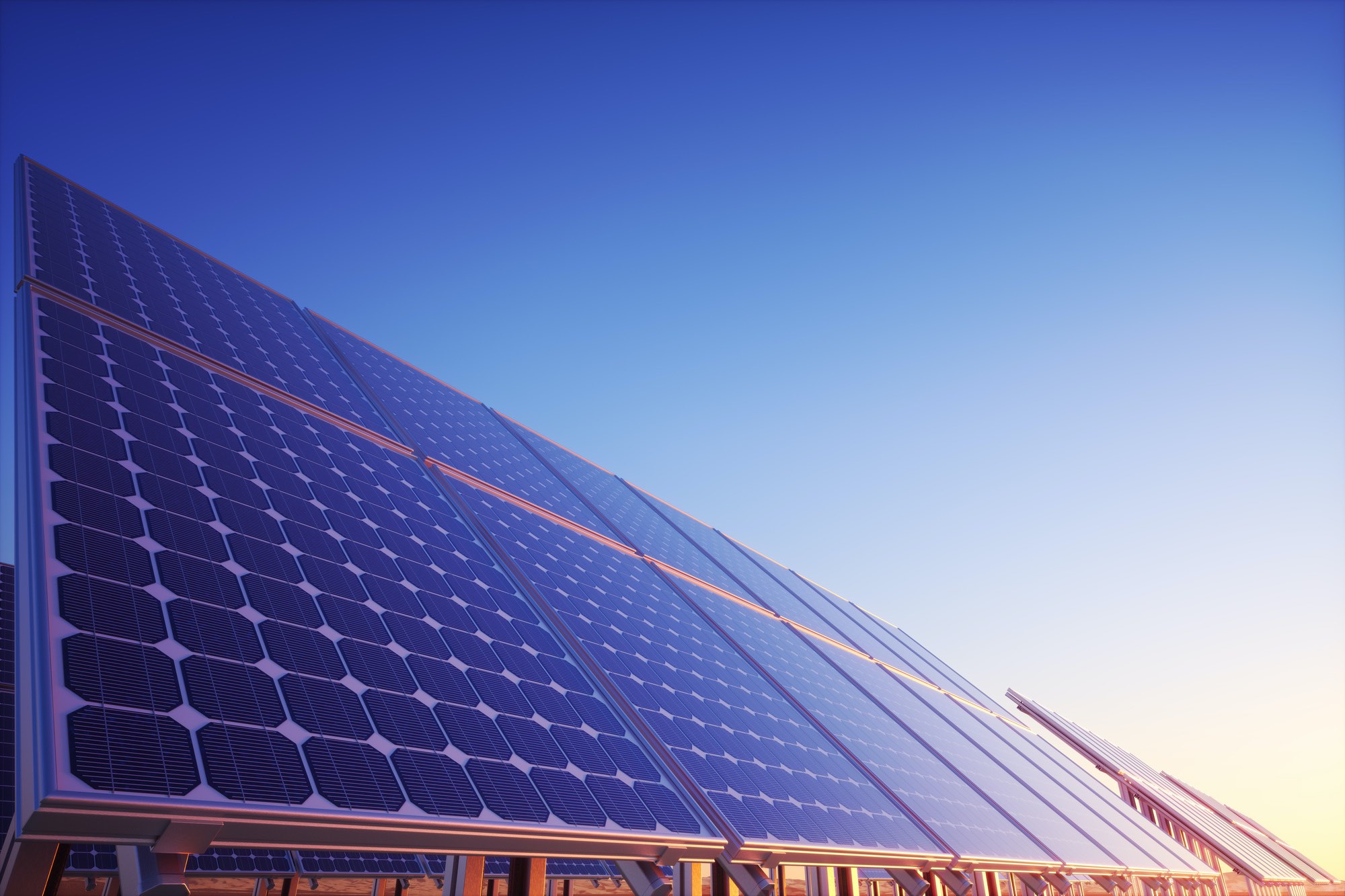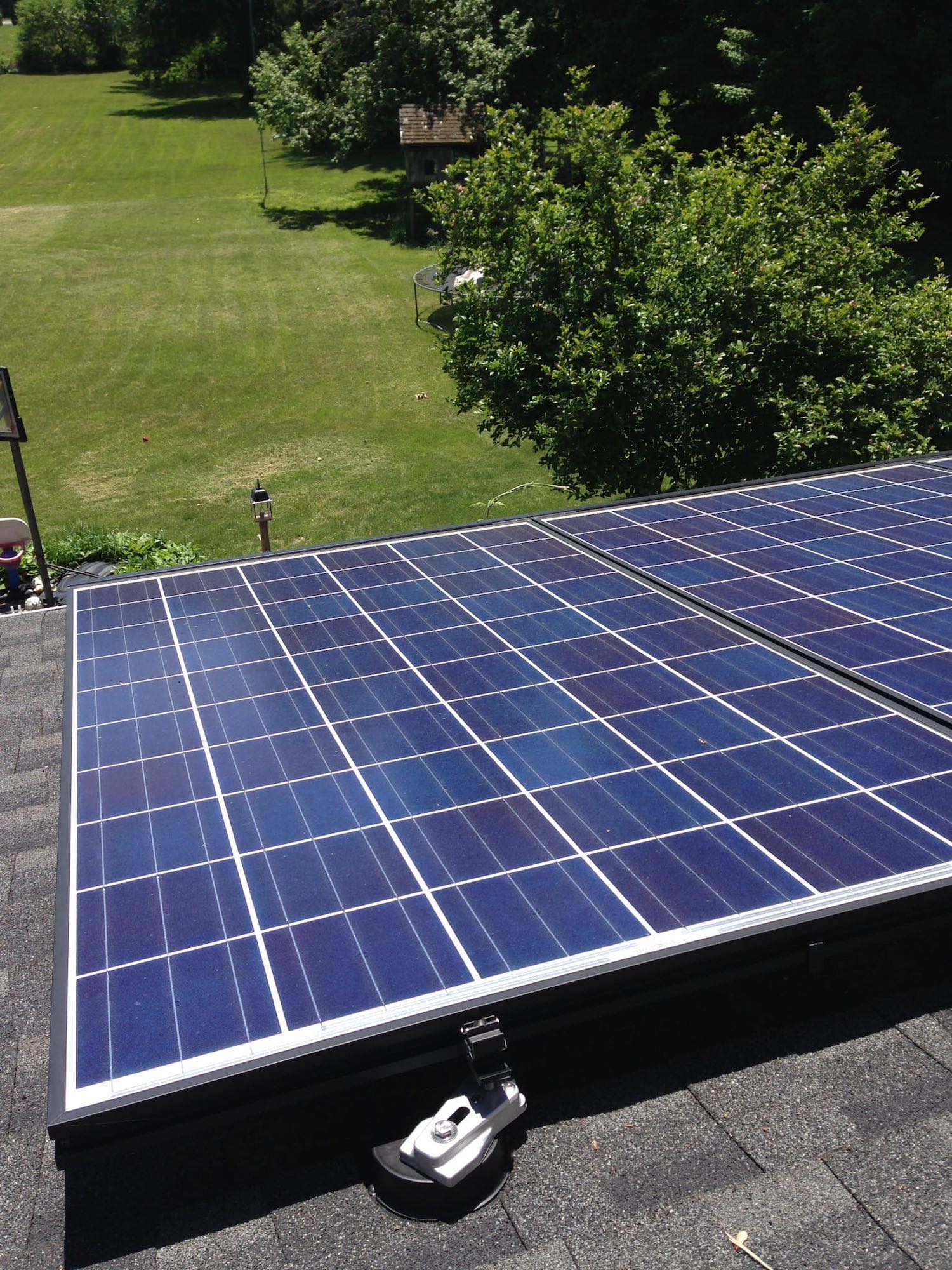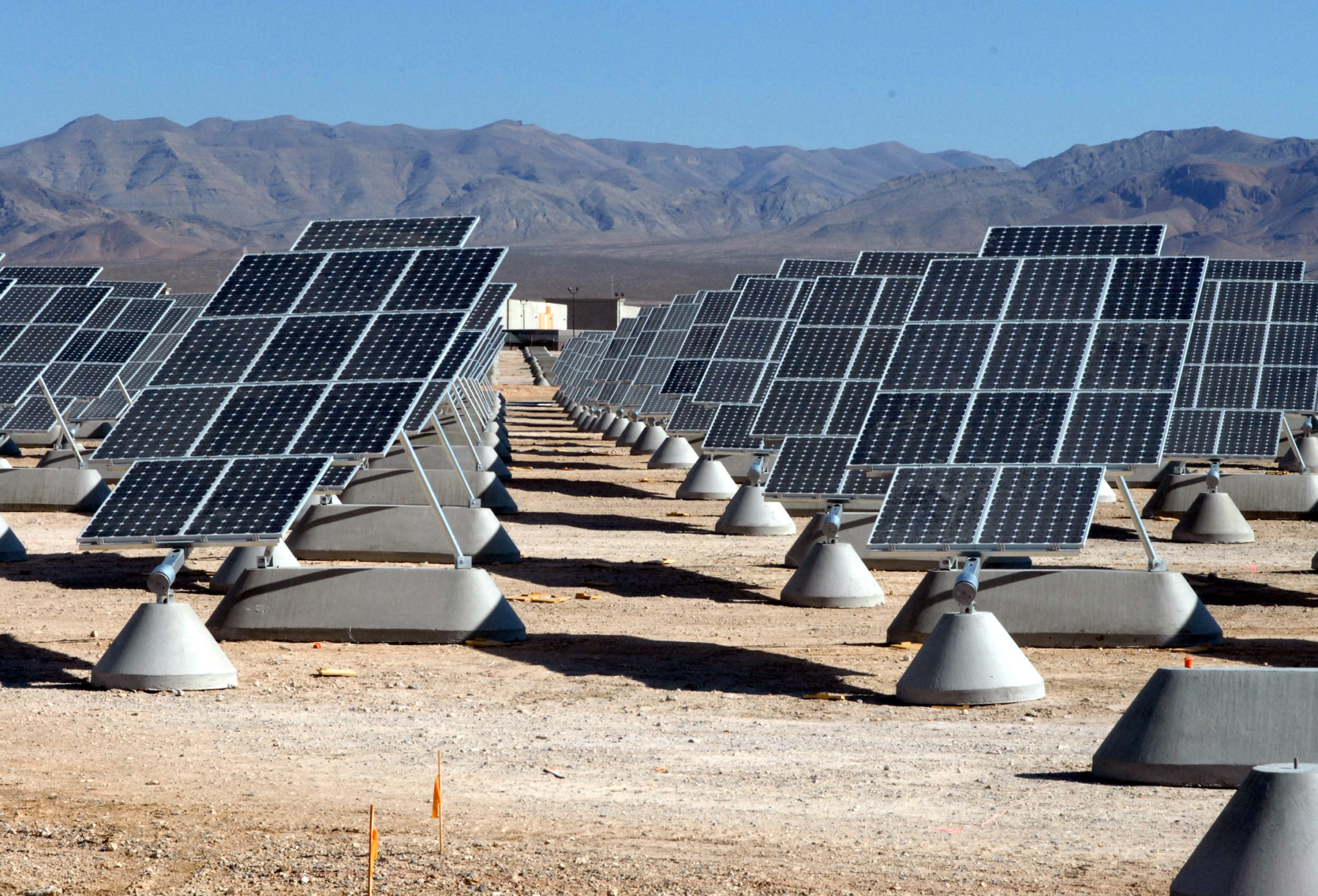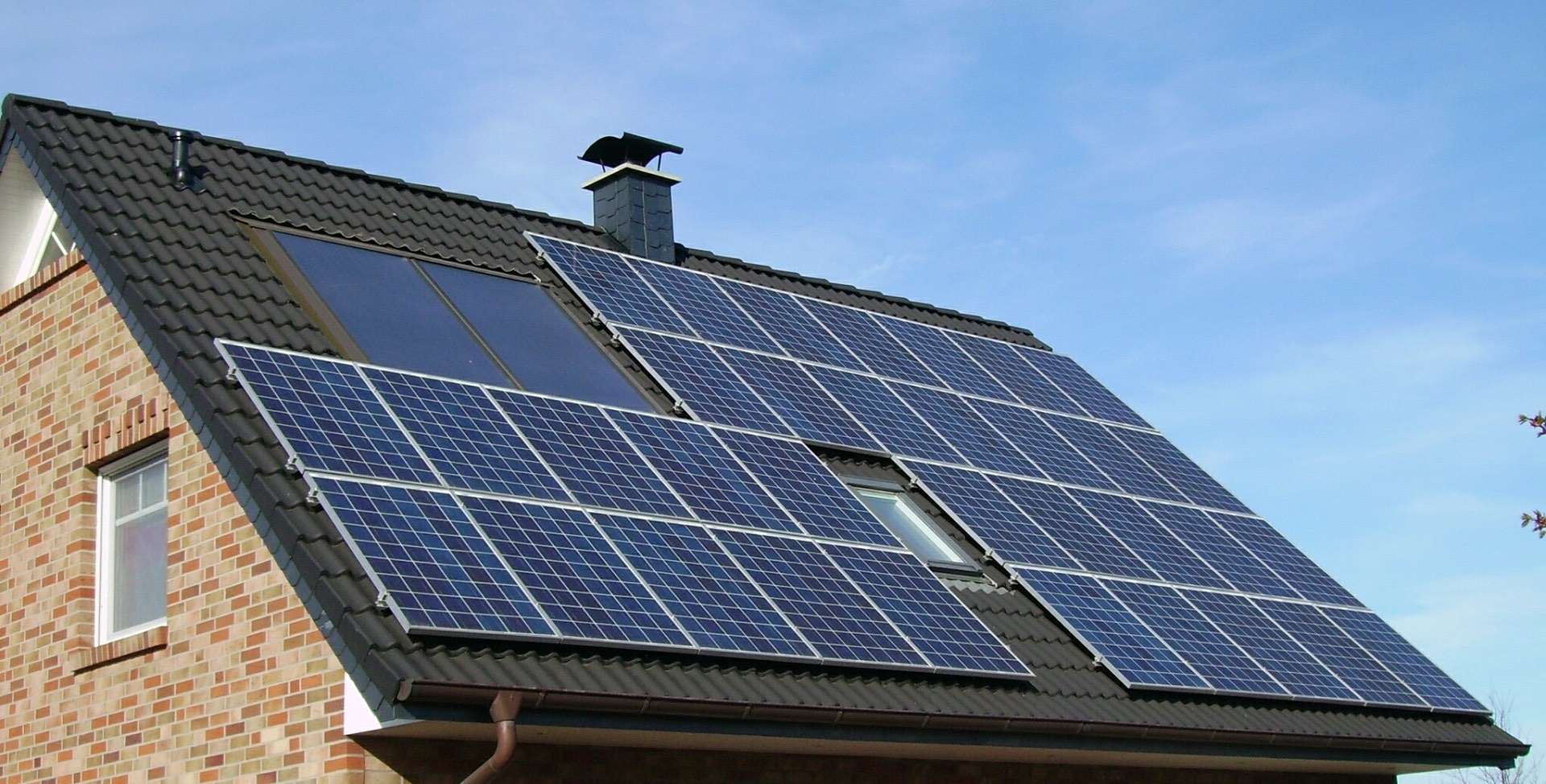All You Need to Know about Solar Cables, Battery, Panels and Inverter
Solar energy has become the best alternative to save on your electricity bill. The installation of solar panels is essential to enjoy this clean and free energy in a single-family house, neighborhood community or company. Therefore, it is very important to know its operation, the steps for installation and its price.
What is the photovoltaic energy?
Solar irradiation is an unlimited source of energy emitted by the sun and can be transformed into electrical energy using solar panels. This solar energy is completely free of polluting residues, making it one of the best alternatives to counteract CO2 emissions, greenhouse gases and other pollutants produced by fossil fuels such as gas, oil or coal.

This energy produced by solar panels can be used in the same way as the energy we obtain from the electricity grid, allowing it to be used for both home appliances and home automation as well as for our air conditioning systems such as boilers or air conditioners. There are numerous advantages for the installation of solar panels compared to other means of production, among the most important of which we can highlight:
Advantages of solar energy
What is and how does a solar panel work?
Solar panels are made up of photovoltaic cells made of semiconductor materials such as gallium arsenide or crystalline silicon, which make it possible to transform solar energy into electrical energy. This energy conversion occurs thanks to the photovoltaic effect, by which an electron passes from the negatively charged panel cell to another with a positive charge, generating a continuous electric current. Therefore, the amount of transformed solar energy is directly proportional to the size of the photovoltaic module, so if we need more energy, we only have to install a larger surface area of photovoltaic cells
This energy produced in direct current, will pass through a solar inverter where its frequency and intensity will be adapted, transforming it into alternating current, and enabling said electrical energy for domestic use. Once we have this energy, we will use the part necessary for self-consumption, while the excess energy, known as surplus energy, can be used in the following ways: store said energy using batteries, pour said excesses into the network in order to obtain a compensation, or not using these surpluses, discarding them through an anti-discharge system.
Components of a photovoltaic installation
Photovoltaic installations are mostly made up of solar panels, an inverter, a bidirectional meter and, occasionally, batteries. These components are common for most installations and, therefore, below, you will find the explanation of each one:
Solar panels
The solar panels are responsible for transforming the energy produced by the sun in the form of solar radiation into electrical energy. The higher the solar irradiation, the greater the power generated by our panel, reaching yields close to 20% in higher quality modules.

We can differentiate three main types of solar panels: monocrystalline (best quality), polycrystalline and thin film, with monocrystalline being the most expensive, with best performance and most recommended in photovoltaic installations. For the choice of one type of panel or another, we will take into account, in addition to the price, the following aspects:
Solar inverter
The solar inverter is responsible for enabling for domestic use the energy produced by the solar panels. Within the inverters we can find two types depending on the type of photovoltaic installation chosen:
Solar batteries
Solar batteries, responsible for storing our surplus energy, will have a longer useful life the smaller the depth of discharge. In other words, it is better to carry out shorter loads as it is unloaded than an entire one each time it runs out. Among the most frequent types we find:
Secondary components of a photovoltaic installation

Constructed with corrosion resistant materials, it provides anchorage and orientation to our solar panels. There is also the possibility of installing mobile structures that guide the solar panel throughout the day depending on the solar position, maximizing its production.
It allows to count the energy generated together with the energy consumed from the network, making the calculation for the application of the net balance at the end of the month
Control the amount of energy destined for our batteries through our solar panels.
It will consist of insulated PV cables like those used in our electrical network installation. It must also include the grounding wire. Click here to see the best Solar cables in the market.
How much can I save with my solar panels?
Once the investment is made, we begin to obtain energy from our installation from the first day. This means for a house with an installed power of 4.6 kW and an annual consumption of 5,300 kWh, a saving every month between 60-80% on the price of our previous invoice. This represents an approximate saving of € 800 a year for at least the next 25 years. The useful life of a panel is much higher than 25 years, simply losing around 15% after these 25 years, which would mean that we will continue to save around € 680 per month.

Wrapping up, Not only you should use solar energy to save costs but also it will help our environment from dangerous carbon dioxide.
The post All You Need to Know about Solar Cables, Battery, Panels and Inverter appeared first on ELMENS.
source https://www.elmens.com/business/environment/all-you-need-to-know-about-solar-cables-battery-panels-and-inverter/
Comments
Post a Comment